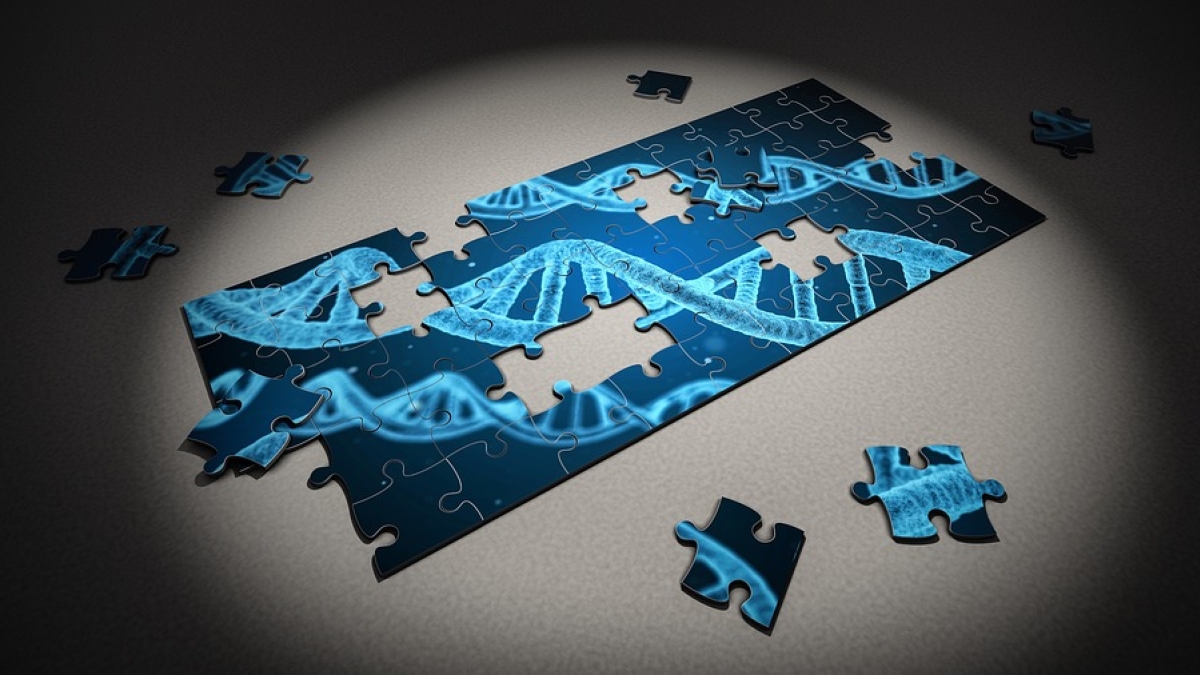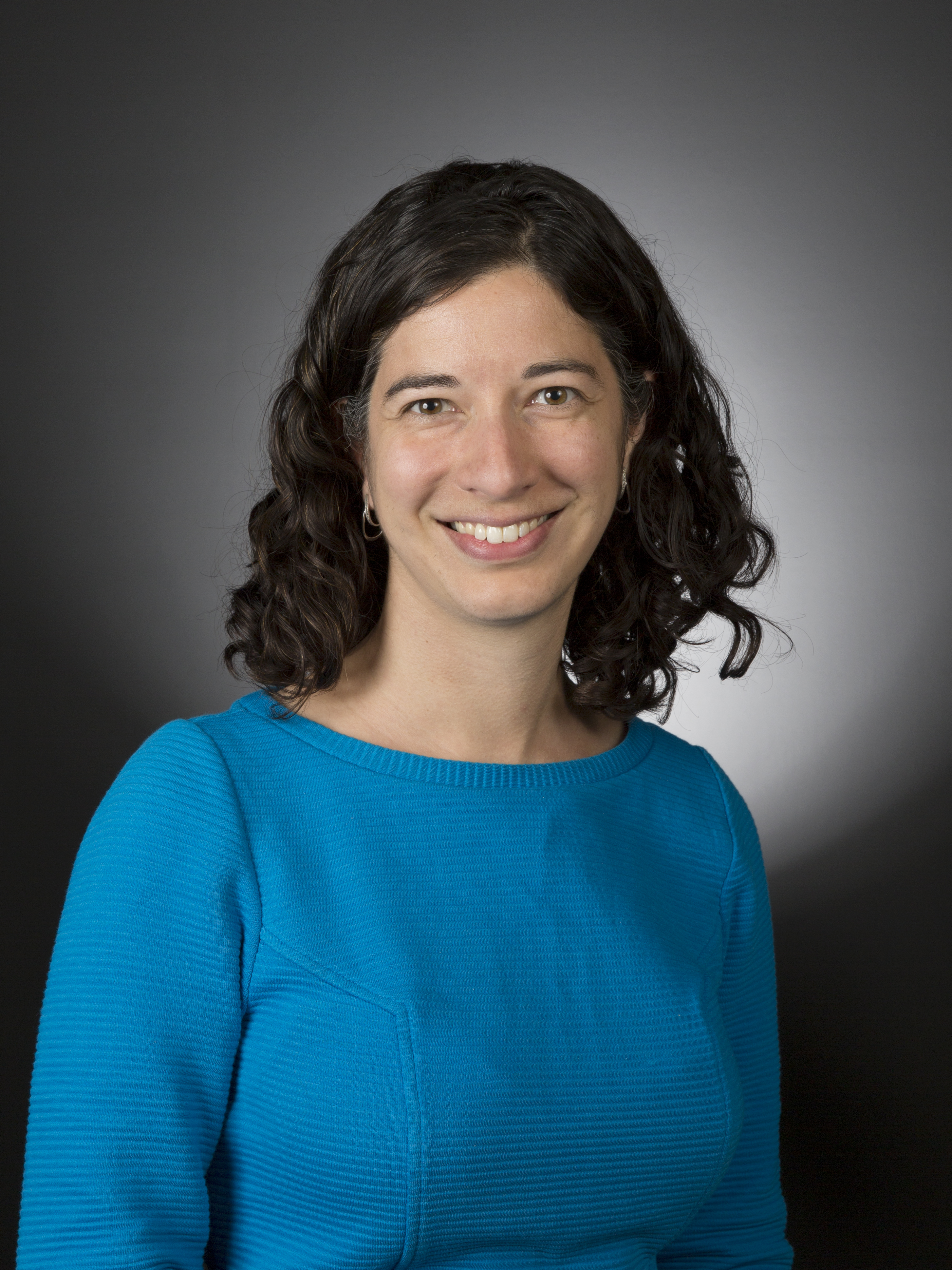Super strong people. Elephants the size of house cats. Whippets with the build of pitbulls. Apples that don’t turn brown. With the CRISPRCRISPR is an acronym for Clustered Regularly Interspaced Short Palindromic Repeats, which are the hallmark of a bacterial defense system that forms the basis for CRISPR-Cas9 genome editing technology. gene-editing technology, the possibilities are endless, but genetic modification has typically been considered the domain of scientists.
Then last week, gene modification went off the rails with news that self-proclaimed “biohacker” Josiah Zayner had just injected muscle cells into his forearm, making him the first person known to have edited his own DNA. He did it using a kit available online based on CRISPR.
Is Zayner’s self-experiment rogue science or the wave of the future? For answers, ASU Now turned to Arizona State University's Emma Frow, an assistant professor with a joint appointment in the School of Biological and Health Systems Engineering and the School for the Future of Innovation in Society. Her research focuses on standards and governance in contemporary life sciences, with a particular focus on synthetic biology. Frow says individuals like Zayner who choose to experiment on themselves are potentially putting their health and safety at risk, and she points to the need for a broader public debate about gene modification.
Emma Frow
Question: Does anyone have any idea what is going to happen to Zayner (physically, that is)?
Answer: I don’t think we do. Zayner injected himself with DNA hoping to knock out a gene called myostatin that blocks muscle growth. His goal is to see increases in the amount of his forearm muscle over the next few months. Who knows whether this will happen. My guess is that his experiment is likely to be inconclusive.
The link between myostatin and muscle production has been well studied. For example, there’s a particularly beefy breed of cattle that naturally lacks myostatin. And an experiment was reported earlier in the year where scientists in China used CRISPR to knock the myostatin gene out of beagle embryos in order to produce extra-muscular dogs. Out of over 60 embryos they tried, they succeeded in completely knocking out the myostatin gene in two beagles. This tells you something about the challenge of getting CRISPR to work reliably.
Q: This isn’t like getting a tattoo or taking some weird new drug. Could alterations spread through his children, if he has any?
A: I don’t believe so. For a specific gene-editing change to pass on to Zayner’s children, it would have to happen in his germline cells (i.e. his sperm). Zayner injected himself in his forearm, with the intent of performing localized gene editing in his arm muscle cells. I don’t think we can say for sure exactly which cells in his body, if any, are likely to be edited, but the likelihood of any changes being passed to subsequent generations seems very slim.
Q: Could alterations be undone?
A: Because Zayner’s self-experiment is not confined to a very specific, controlled subset of cells, identifying exactly which cells (if any) have been edited will be difficult — and targeting exactly those cells to undo any edits even more challenging. This hasn’t been designed as a reversible experiment.
Q: What are problems with this that come to mind?
A: Zayner’s work is explicitly geared towards putting biotechnology in the hands of citizens, and his experiment points to the growing possibility of individuals experimenting on themselves with CRISPR technology. CRISPR gene-editing technology is still quite new, and there are several safety and efficacy questions that still need to be addressed. Individuals who choose to experiment on themselves are potentially putting their health and safety at risk.
More generally, Zayner’s provocative experiment points to the need for a broader public debate about how we want to make use of CRISPR gene editing as a society. Currently in the U.S., there are tighter regulations for biotechnology research funded with public funds than with private money. Zayner funds his work from private sources, and what he is doing is not illegal (not all countries would see this the same way). But it does point to a need for public discussion about whether and how we would like to see CRISPR gene editing evolve, and the kinds of uses for this technology we see as appropriate.
Top image courtesy of Pixabay
More Science and technology

Hack like you 'meme' it
What do pepperoni pizza, cat memes and an online dojo have in common?It turns out, these are all essential elements of a great cybersecurity hacking competition.And experts at Arizona State…

ASU professor breeds new tomato variety, the 'Desert Dew'
In an era defined by climate volatility and resource scarcity, researchers are developing crops that can survive — and thrive — under pressure.One such innovation is the newly released tomato variety…

Science meets play: ASU researcher makes developmental science hands-on for families
On a Friday morning at the Edna Vihel Arts Center in Tempe, toddlers dip paint brushes into bright colors, decorating paper fish. Nearby, children chase bubbles and move to music, while…



